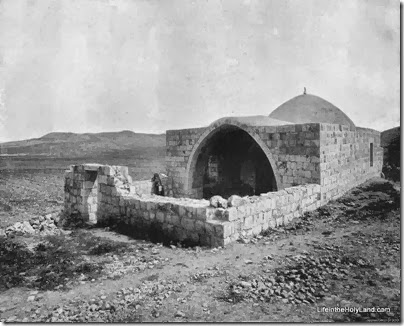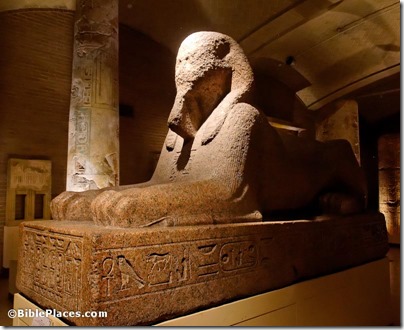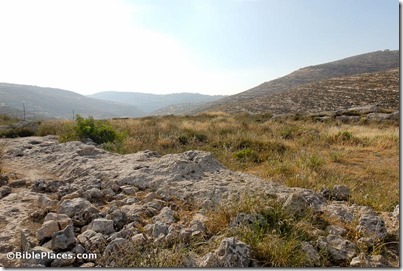Arutz-7 reports on the recent discovery of a stone altar at Shiloh that they are dating to the Iron Age.
An ongoing archaeological dig in the ancient Jewish village of Shilo in Samaria (Shomron) has turned up a stone altar dating back thousands of years.
The altar is believed to date back to the period from roughly 1,200 BCE to 600 CE known as the Iron Age.
More specifically, archaeologists dating it to what some Israeli researchers call the “Israelite era” – the period of time after the nation of Israel entered the land of Israel, and before the destruction of the First Temple.
The altar is 60 centimeters by 60 centimeters, with a height of 40 centimeters, and was found on the southern edge of the site of ancient Shilo.
It had been used in the construction of a Byzantine-era structure, however, markings on the stone indicated its use in religious ceremonies prior to its use as building material.
The dates above are incorrect; the Iron Age dates to 1200-600 BC/BCE. It appears that there is little evidence to date the altar. The broad range given suggests that this is a typological date, based on a comparison of this altar with other ancient altars.
The full story is here. The Hebrew version includes a photo. Another altar from the same time period was discovered one mile west of Shiloh, as described in an abstract of an article in PEQ.
HT: Joseph Lauer


